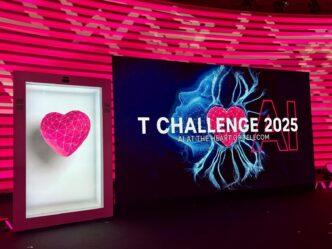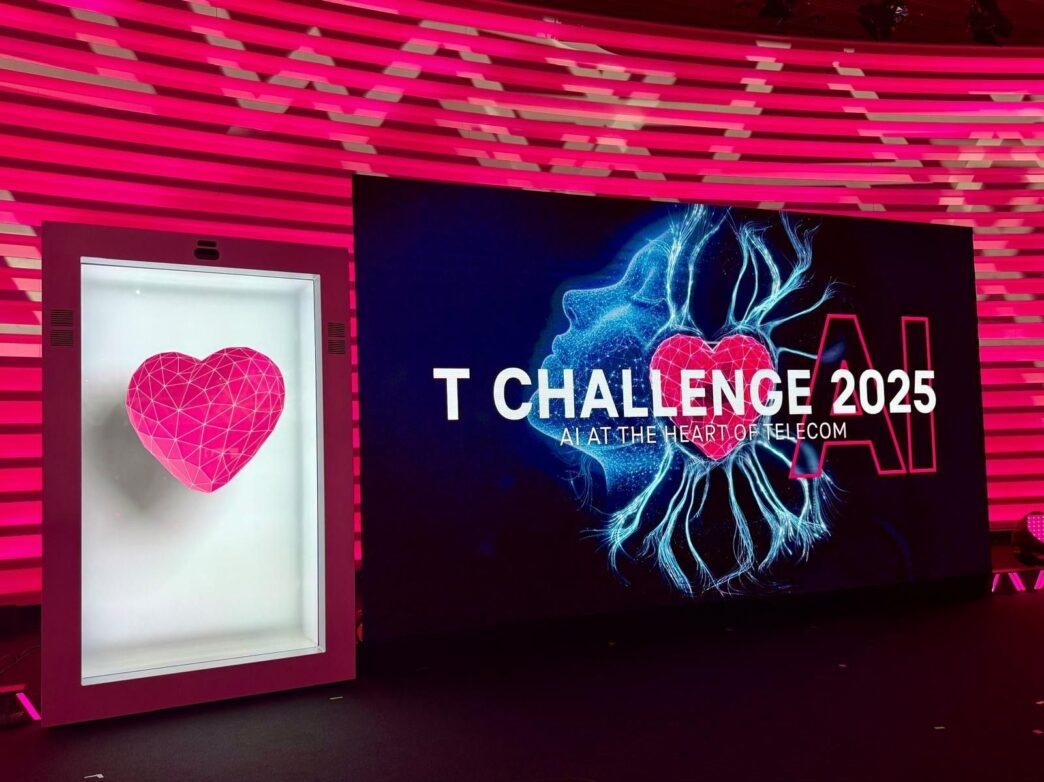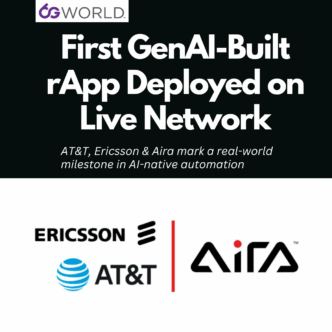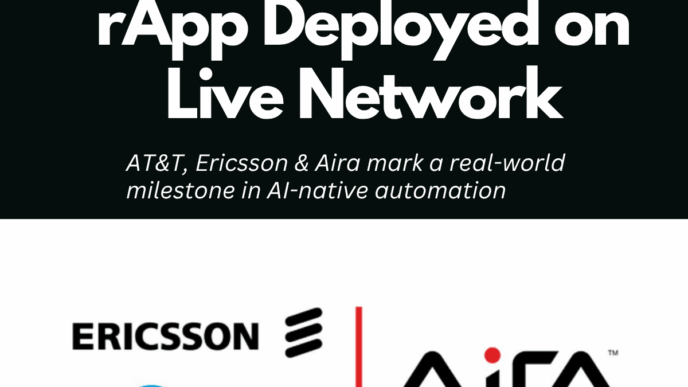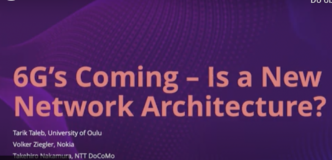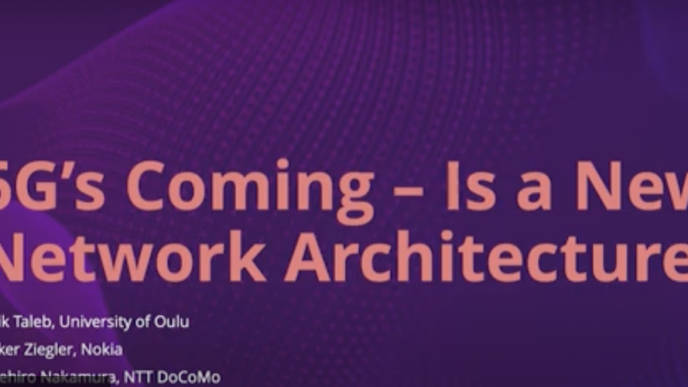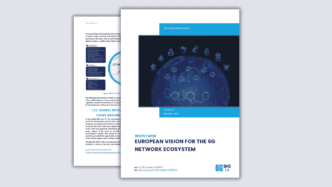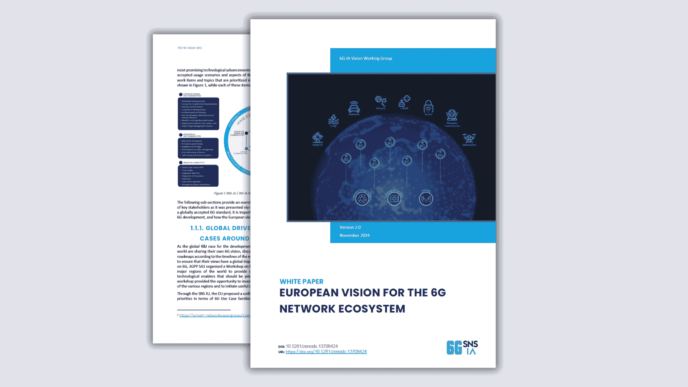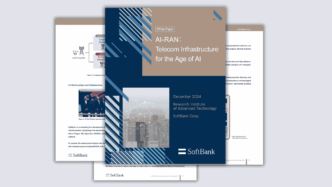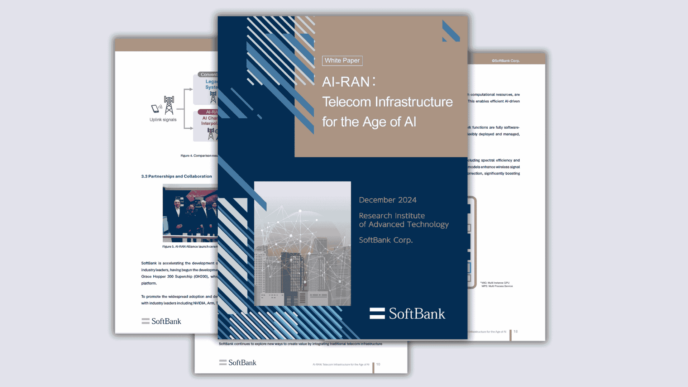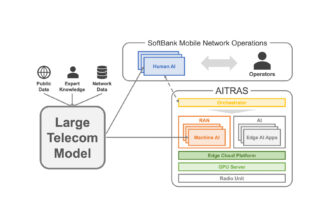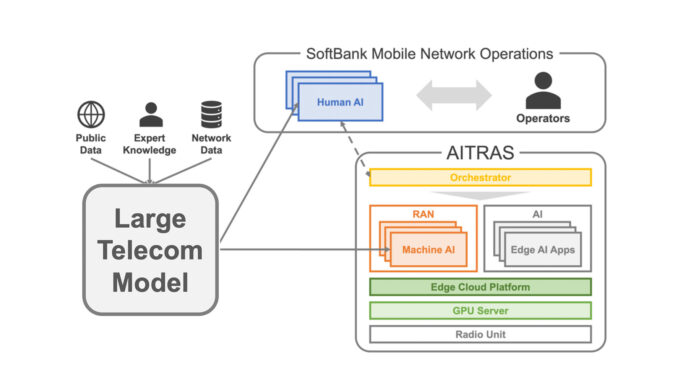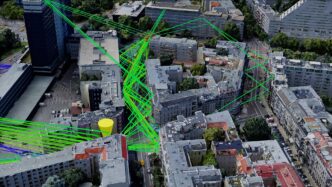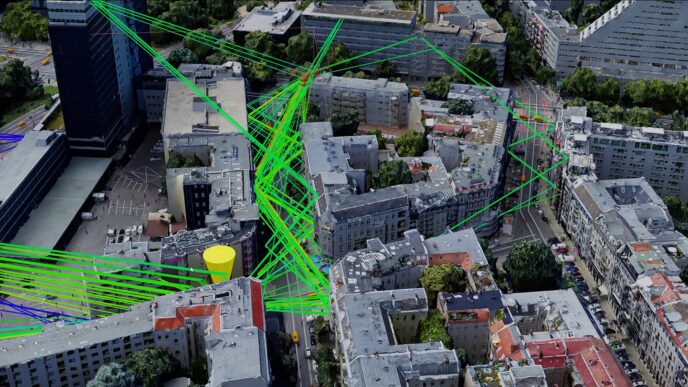The fifth edition of the T Challenge, hosted by Deutsche Telekom and T-Mobile US, concluded this week in Bonn, Germany—highlighting four standout startups shaping how artificial intelligence is being integrated into the fabric of telecom operations.
This year’s theme—“AI in Telecommunications”—may not sound new. But the winners showed how rapidly AI’s real-world impact is shifting from back-office use cases to core network operations, infrastructure deployment, and cyber resilience.
Here’s a breakdown of who won, what they’re building, and why it matters for the telecom ecosystem.
Four Winners, Four Strategic Areas of Transformation
From nearly 450 entries across 50 countries, the judging panel selected the following four teams as this year’s top innovators:
| Award | Company | Country | Focus |
|---|---|---|---|
| 🏆 First Place | Resemble AI | USA | Deepfake detection in voice/video traffic |
| 🥈 Second Place | Hiverge | UK | Energy-efficient AI via program synthesis |
| 🥉 Third Place | Themis AI | USA | Uncertainty estimation for AI models |
| 🌟 Special Award | Exeon Analytics | Switzerland | AI-driven Network Detection & Response (NDR) |
Each company was selected for offering a highly focused application of AI to an urgent, clearly defined challenge in telecom networks or services.
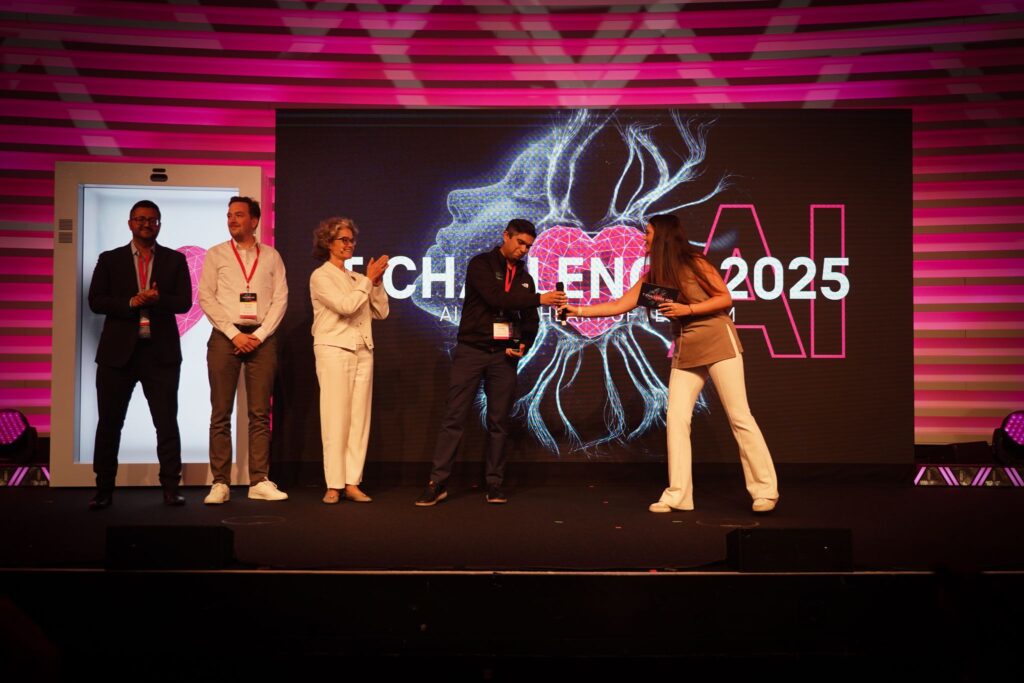
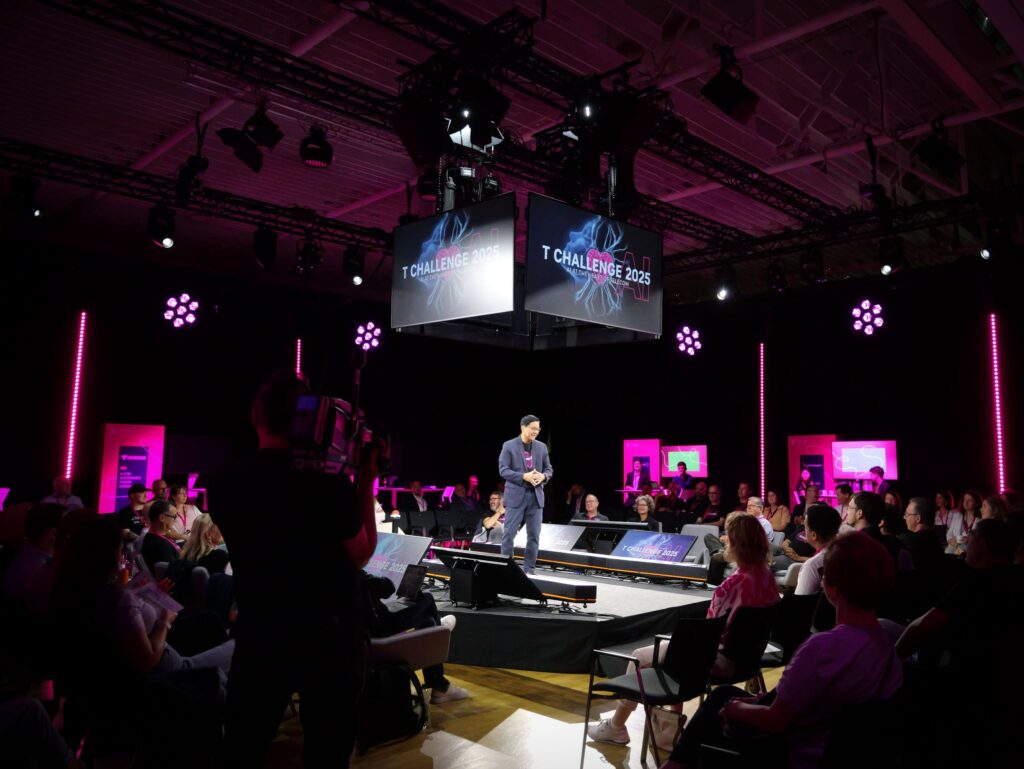
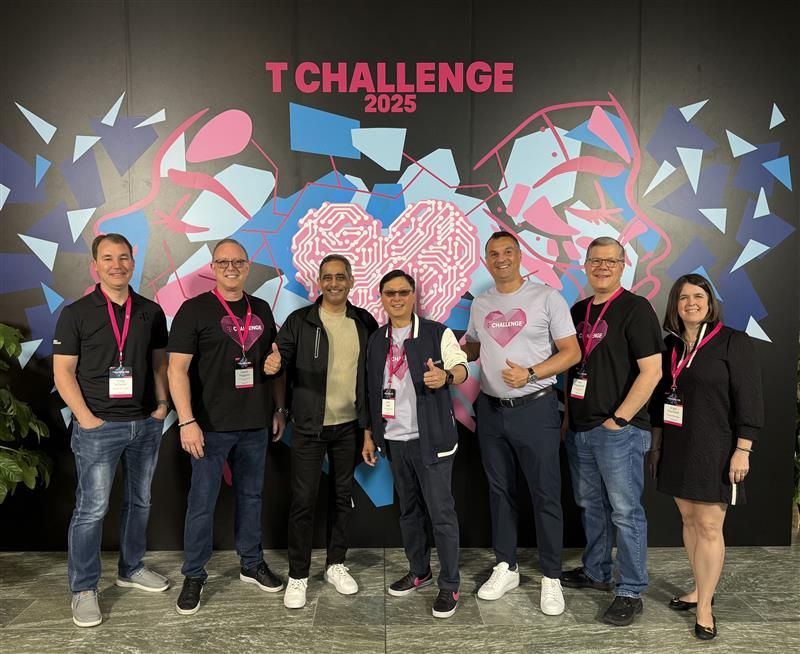
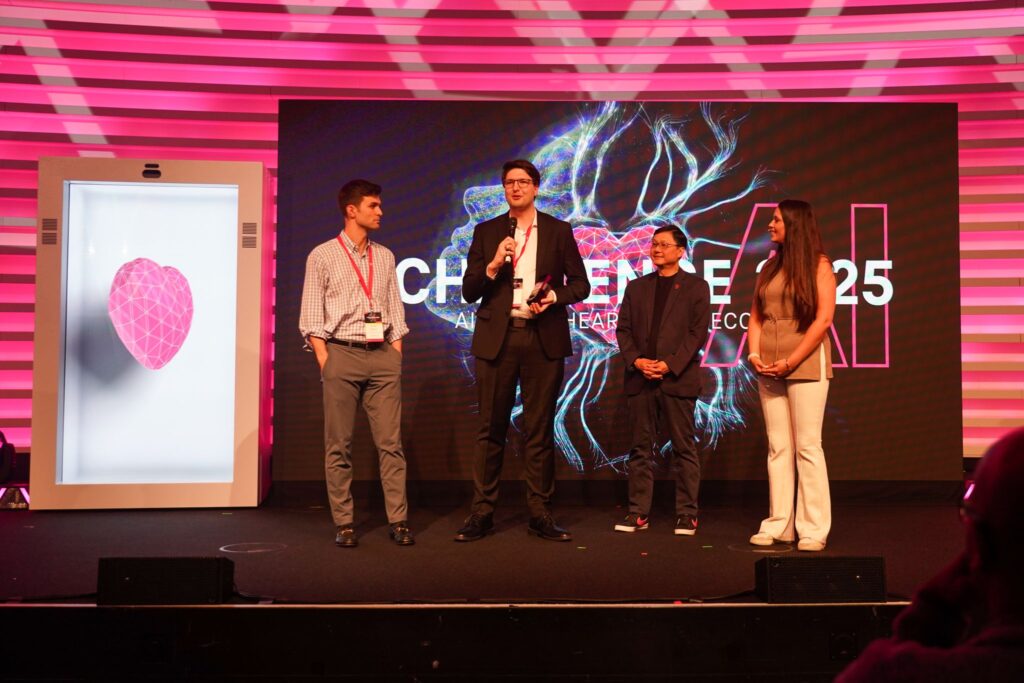
1. Resemble AI: Defending Networks from Voice Deepfakes
Based in the U.S., Resemble AI builds tools to detect synthetic speech and manipulated audio in real time. Their product, Detect, uses voice biometrics and audio forensics to identify deepfakes before they reach subscribers or backend systems.
Why this matters:
Earlier this year, the U.S. Federal Communications Commission issued a $6 million fine related to AI-generated robocalls impersonating political figures. Regulators are already treating deepfakes as a telecom risk—not just a content issue. As 5G and XR services scale, real-time media security becomes critical.
Detect integrates directly with IMS and VoNR infrastructure and was developed in collaboration with Fraunhofer AISEC, a top European cybersecurity institute. This puts Resemble’s solution in a strong position for trials in trust-sensitive environments.
2. Hiverge: Optimizing AI for Energy Efficiency
UK-based Hiverge addresses the growing energy cost of AI inference at the network edge—a rising concern as telcos deploy machine learning in base stations, edge clouds, and access networks.
Their approach? Program synthesis—using symbolic reasoning and large language models to generate lighter, more power-efficient algorithms for network optimisation. Hiverge claims double-digit energy savings in lab trials on Open RAN inference workloads.
This aligns with broader industry goals:
- The O-RAN Alliance published a white paper in 2024 warning that AI processing power requirements could outpace radio power savings if not addressed.
- Operators like Vodafone and NTT DOCOMO have launched “green RAN” programs focused on both hardware and software optimization.
- AI-specific power metrics are now being considered in ESG reports from European operators.
Hiverge’s work feeds directly into this stream of measurable, operational AI sustainability.
3. Themis AI: Making AI Decisions Verifiable
While many startups pitch higher-performing models, Themis AI, a U.S.-based company with origins at MIT CSAIL, focuses on something more subtle: uncertainty.
Their tool, Capsa, wraps around any machine learning model to calculate and surface confidence scores—quantifying when a model is likely to be wrong. This supports real-time decision-making in network optimisation, anomaly detection, or traffic forecasting by flagging “low-confidence” moments where fallback logic or human intervention is needed.
This approach maps directly to telecom frameworks:
- The ETSI Zero-Touch Network and Service Management (ZSM) architecture includes the need for “assurance” of automated decisions.
- 3GPP SA5 working groups have proposed KPIs around model explainability and robustness in upcoming Release 19/20 documents.
Uncertainty estimation is also increasingly important in AI regulation: the EU AI Act, passed in 2024, requires risk and confidence reporting for high-stakes models in infrastructure environments.
4. Exeon Analytics: Threat Detection Without Packet Inspection
Swiss spin-off Exeon Analytics, affiliated with ETH Zürich, received the Special Award for its log-based Network Detection and Response (NDR) platform—an alternative to traditional packet-based threat detection that struggles in modern, encrypted environments.
ExeonTrace works by analyzing metadata such as NetFlow logs, identity data, and traffic patterns to detect threats without decrypting payloads. With over 85% of web traffic now encrypted, packet inspection is increasingly limited in scope. This technique aligns with:
- Zero Trust Architectures, as defined by NIST and adopted by telcos and governments alike.
- The push toward security data lakes that unify log-based observability across telecom and cloud networks.
- The real-world pivot by cloud-native security platforms—like Zscaler and Palo Alto Networks—toward metadata analytics.
Exeon’s work adds a valuable tool to the toolbox of telecom security teams navigating encrypted, distributed, and hybrid network environments.
What’s the Broader Signal?
The 2025 T Challenge was not just a pitch competition—it was a revealing look at the next wave of AI applications in telecom, shaped by practical needs rather than theoretical capability. All four winning companies focus on:
- Tangible outcomes (e.g., power savings, threat detection, fraud prevention)
- Standards-compatible integration
- Real-world readiness through partnerships with research institutes like Fraunhofer and ETH Zürich
Their selection also mirrors key trends tracked by the broader ecosystem:
| Industry Trend | Matching Startup |
|---|---|
| AI regulation and model transparency | Themis AI |
| Energy-efficient compute at the edge | Hiverge |
| Deepfake and media manipulation threats | Resemble AI |
| Secure network observability under encryption | Exeon Analytics |
For many operators, the barrier to AI adoption is no longer model performance—it’s operational trust, regulatory compliance, and resource efficiency. These four companies speak directly to those concerns.
What’s Next?
In addition to prize money, all T Challenge winners enter a co-development phase with Deutsche Telekom and T-Mobile US, where their solutions may be trialed in live network settings.
